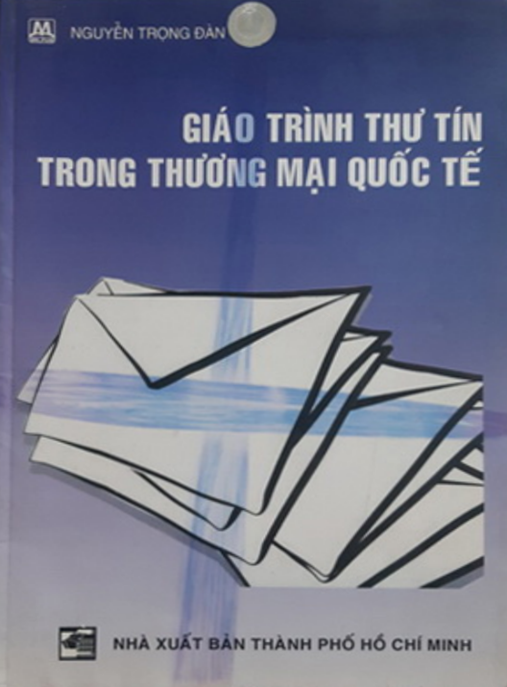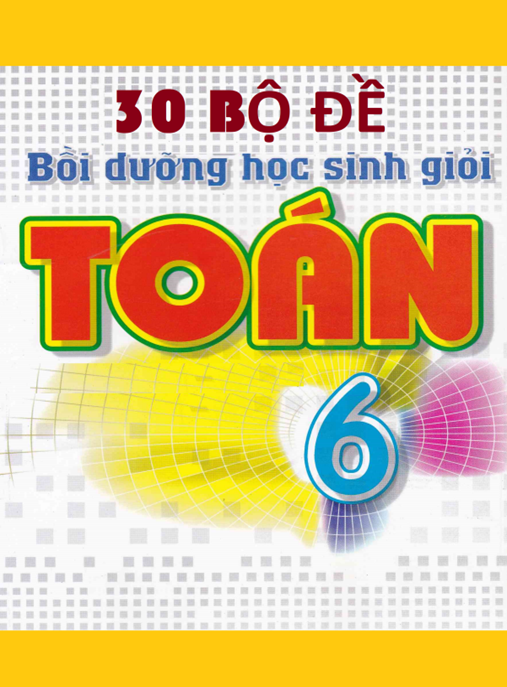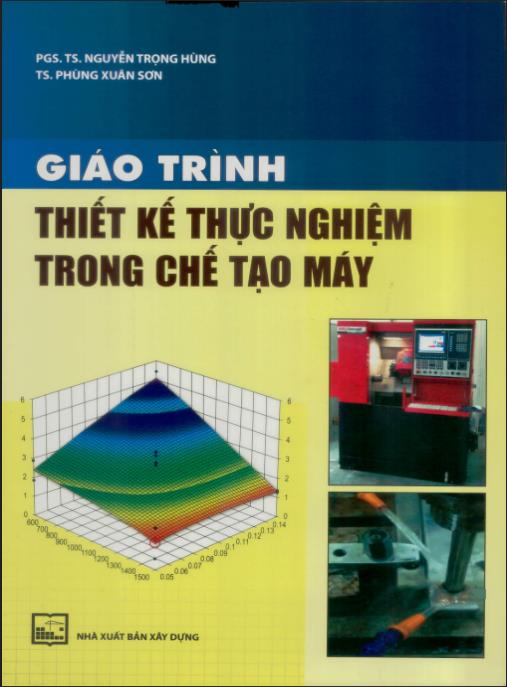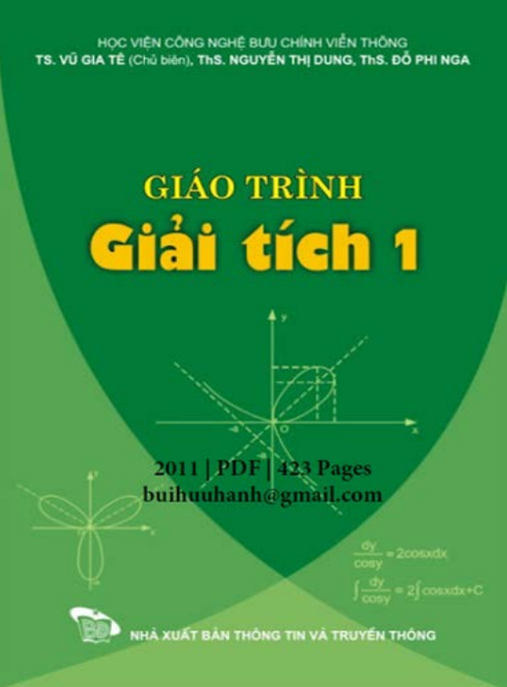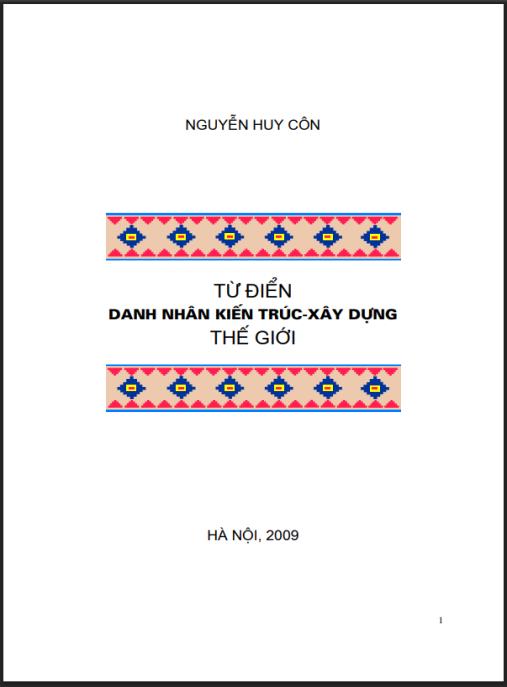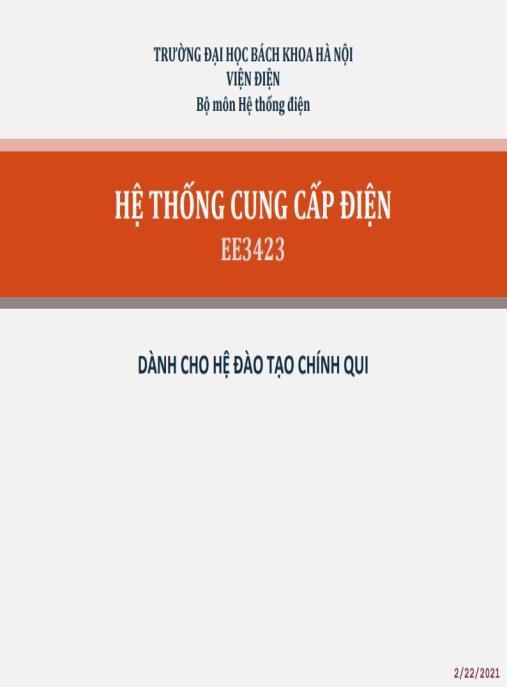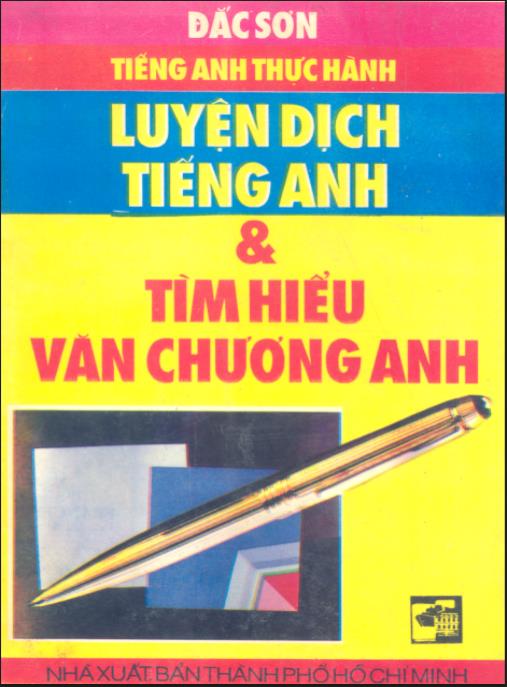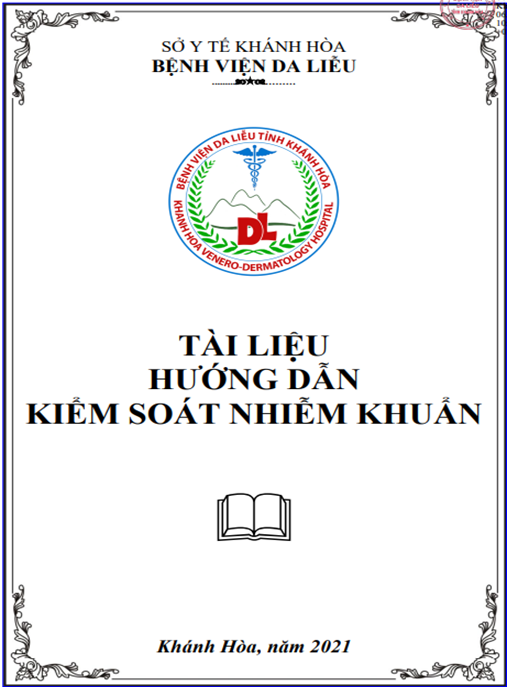PART 1. INTRODUCTION TO COMMERCIAL CORRESPONDENCE
The commercial letter is, first of all, the principal means used by the company to keep in touch with its customers; and the customers form their impression of the company from the tone and the quality of the letter it sends out.
The form of the letter-good quality paper, and an attractive letterhead-play their parts, but what is more important is the message the letter carries. The entire secret of success of good commercial letter writing is to write simply, in an easy and natural style.
1. The Parts of a Commercial Letter
While the horizontal placement of letter parts may vary (See the next section for the lay-out styles), the vertical order of these parts is standard. Refer to the model letter (Figure 1) as you study the following list of the parts of a letter.
Figure 1: The Parts of a Commercial Letter
(1) LETTERHEAD: This, of course, is printed and supplied by your employer. It is used only for the first page of a letter.
(2) DATELINE: The date on which the letter is being prepared is typed a few lines below the letterhead, which includes the place and the date of writing.
(3) REFERENCE INITIALS: This consists of the signer’s initials incapitals followed by a slash or colon and again followed by the typist’s lowercase initials, this item serves as a reminder of who prepared the letter.
(4) INSIDE ADDRESS: The address of your reader is typed as it will appear on the envelope. Remember not to put the word to in front of it.
(5) ATTENTION LINE: This is not always required. It should be used when the letter is addressed to a company or organization as a whole, but you want it to be handled by a specific individual at the company or within the organisation. It should be underlined or typed in capitals.
(6) SALUTATION: while ‘Dear Sirs,’ ‘Dear Mesdames’, and ‘Gentlemen’are acceptable in cases of formality; you should otherwise use an individual’s name whenever it is known. When the reader’s name is not known, the person’s title is the next best term in a salutation.
(7) SUBJECT LINE: Like the attention line this is often omitted, but itsinclusion is a courtesy to your reader. By alerting him to the content of your message, you enable him to decide whether the letter requires immediate attention. It should be underlined or typed in capitals.
(8) BODY: This is the actual message of your letter.
(9) COMPLIMENTARY CLOSING: This is a polite, format way to end a letter: standard forms are ‘Yours faithfully’, ‘Yours truly’ or ‘Sincerely yours’ ‘Respectfully yours’, etc. Overly familiar closings should be avoided, except in a special situation. ‘Best wishes’, for example, could be used when the reader is well known to you. Expression such as ‘Fondly’ or ‘Love’ should, obviously, be reserved for private correspondence.

